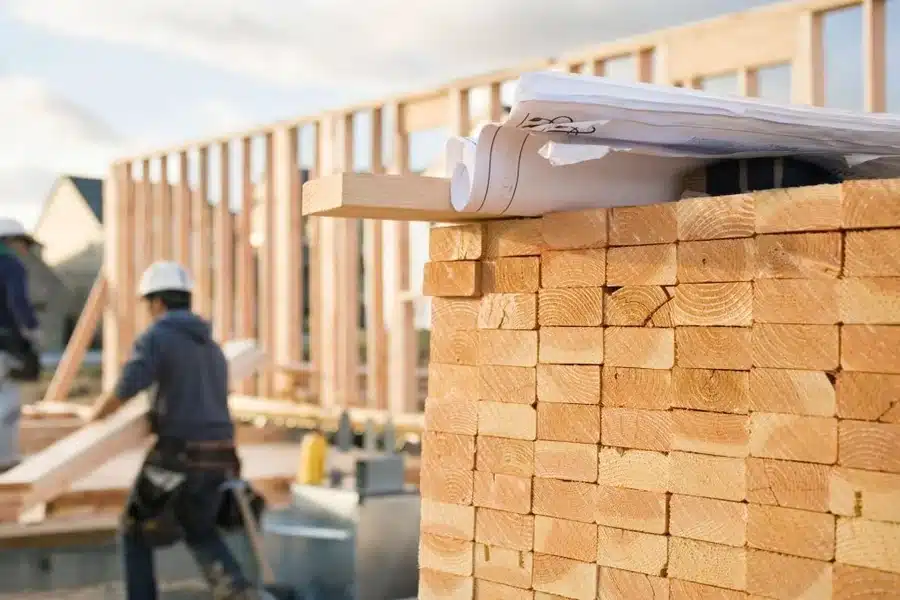Property is never static. It bends, stretches, and sometimes buckles under the pressure of changing regulations, community needs, and investor confidence. Whether you’re a first-time buyer with big dreams or a seasoned developer with blueprints in your back pocket, understanding how regulations alter the game is crucial. But laws are not crafted in a vacuum. They reflect local priorities, environmental concerns, infrastructure capacity, and even political sentiment. The levers that drive town planning decisions have a real, tangible effect on what people can build, where they can build it, and how valuable that land might become soon.
Why Planning Policies Impact More Than Just Paperwork
Local planning policies can determine the future of a parcel of land before a single peg hits the ground. Zoning changes alone can flip a property’s value overnight—either boosting its potential or boxing it into restrictive use. For example, a rezoning that shifts land from rural residential to medium-density residential can open doors for apartment developments, townhouses, or boutique housing clusters. On the flip side, land flagged for heritage protection or environmental preservation can suddenly face red tape and constraints that limit its usability and future market appeal.
Then comes infrastructure—roads, utilities, and services. A piece of land without sewer connections or road access might look cheap today, but if the council announces plans to expand infrastructure into that region, watch the price spike. Conversely, land once expected to benefit from road extensions or transport hubs can decline in value if plans are shelved or rerouted.
The Role of Local Governance in Shaping Development Opportunities
Councils aren’t just passive record-keepers. They’re active gatekeepers. From housing density quotas to environmental overlays and height restrictions, local governance shapes the skeleton of every future project. A developer’s vision might include sleek townhouses or multi-story apartments, but that vision could be curtailed by height limits, setbacks, and shadowing regulations.
This is where the expertise of a town planner in Bundaberg becomes crucial. Their role involves translating complex regulatory frameworks into real-world applications that make sense to both investors and homeowners. Having local insight helps navigate policy fluctuations and capitalize on areas of emerging growth before they hit the mainstream radar.
Delays and Their Ripple Effect on Property Prices
Planning approvals aren’t instantaneous. They can take weeks, months, or even years depending on the scale of the development and the bureaucratic burden involved. For investors, these delays translate to holding costs—loan interest, consultant fees, and lost opportunity elsewhere. A promising site can quickly turn into a financial strain if council decisions drag on. Similarly, uncertainty can deter future buyers or tenants, dampening the investment potential and slowing momentum for an entire precinct.
Community Feedback and Political Climate
What residents want can significantly sway what gets approved or denied. A development that’s technically within guidelines may still face community opposition—noise concerns, traffic fears, or simply aesthetic preferences. These objections, often vocalised through public consultations, can shift council opinion and slow or alter the approval process. It’s a reminder that development doesn’t happen in isolation. It’s shaped as much by community voice as by official zoning rules.
Why Long-Term Vision Matters in Property Decisions
Short-term thinking in property development can be risky. A good deal today could turn into a regulatory nightmare tomorrow if not assessed against evolving town planning policies. Forward-looking property strategies require a deep understanding of council plans, future rezoning potential, and broader economic factors like migration trends, job markets, and construction forecasts.
Understanding local development strategy also helps investors position themselves ahead of the curve. For instance, aligning purchases with projected growth corridors or upcoming industrial precincts could yield far better returns than chasing already-inflated hotspots. Equally, avoiding areas facing potential down-zoning or flooding reclassification could save you from a major financial misstep.
A Closer Look at Regional Trends and National Comparisons
Property dynamics in smaller cities or regional areas often differ from those in metro hubs. While capital cities might attract media attention, regional centres often experience more measured but sustainable growth. Comparing national property trends with what’s happening in smaller towns helps identify markets that are undervalued but poised for strong medium-term gains. Australia’s changing housing affordability crisis has pushed more people to look beyond major cities—bringing new demand and pressure to regions once overlooked.
Final Thoughts on Planning and Property Potential
Nothing about property investment or development happens in isolation. Every project, no matter how small, exists within the frame of local planning policies, infrastructure priorities, and future-focused governance. What looks like a clear-cut purchase may in fact be deeply tied to layers of policy and political nuance. That’s why doing your homework—or hiring professionals who have—isn’t optional.



